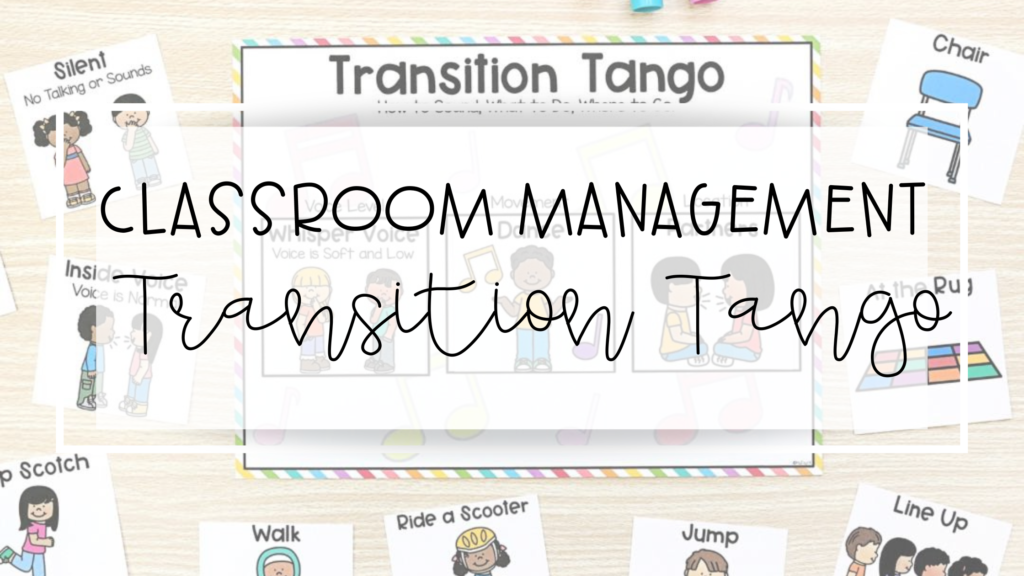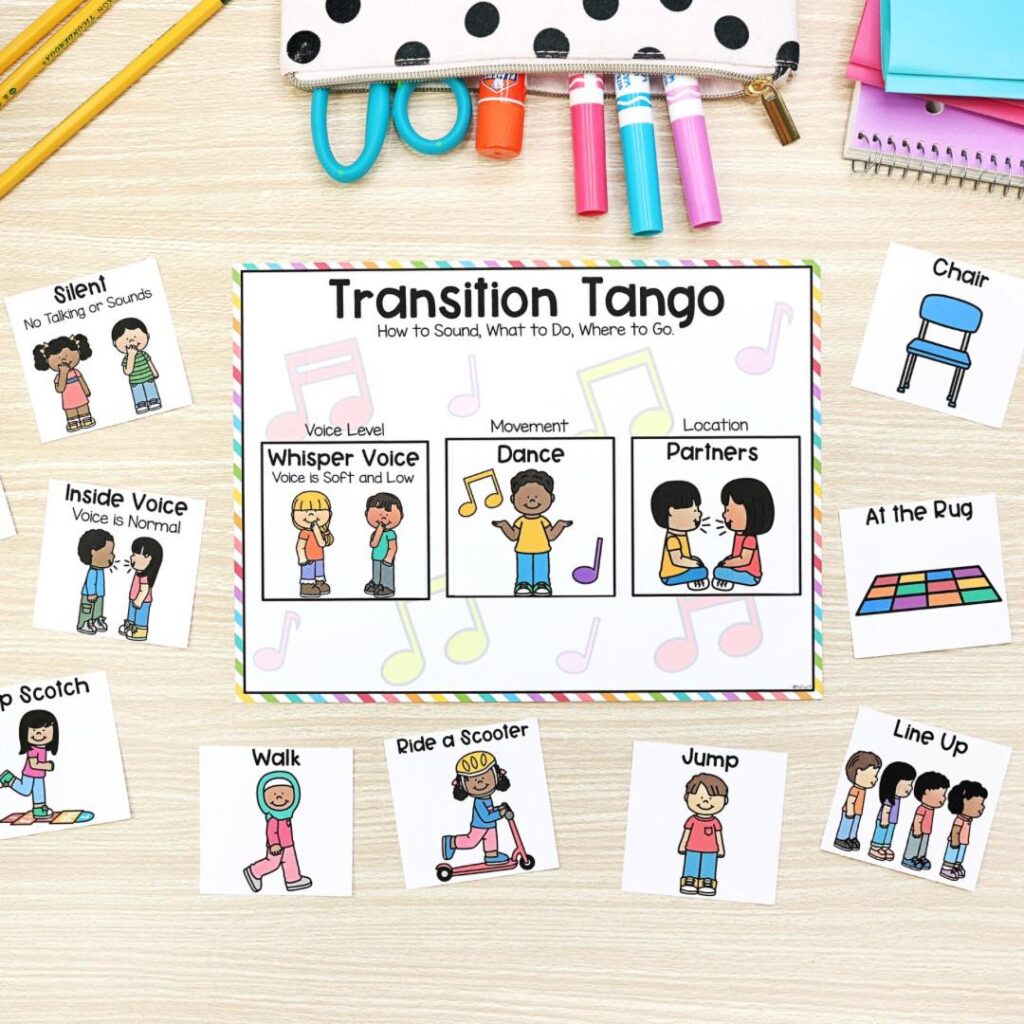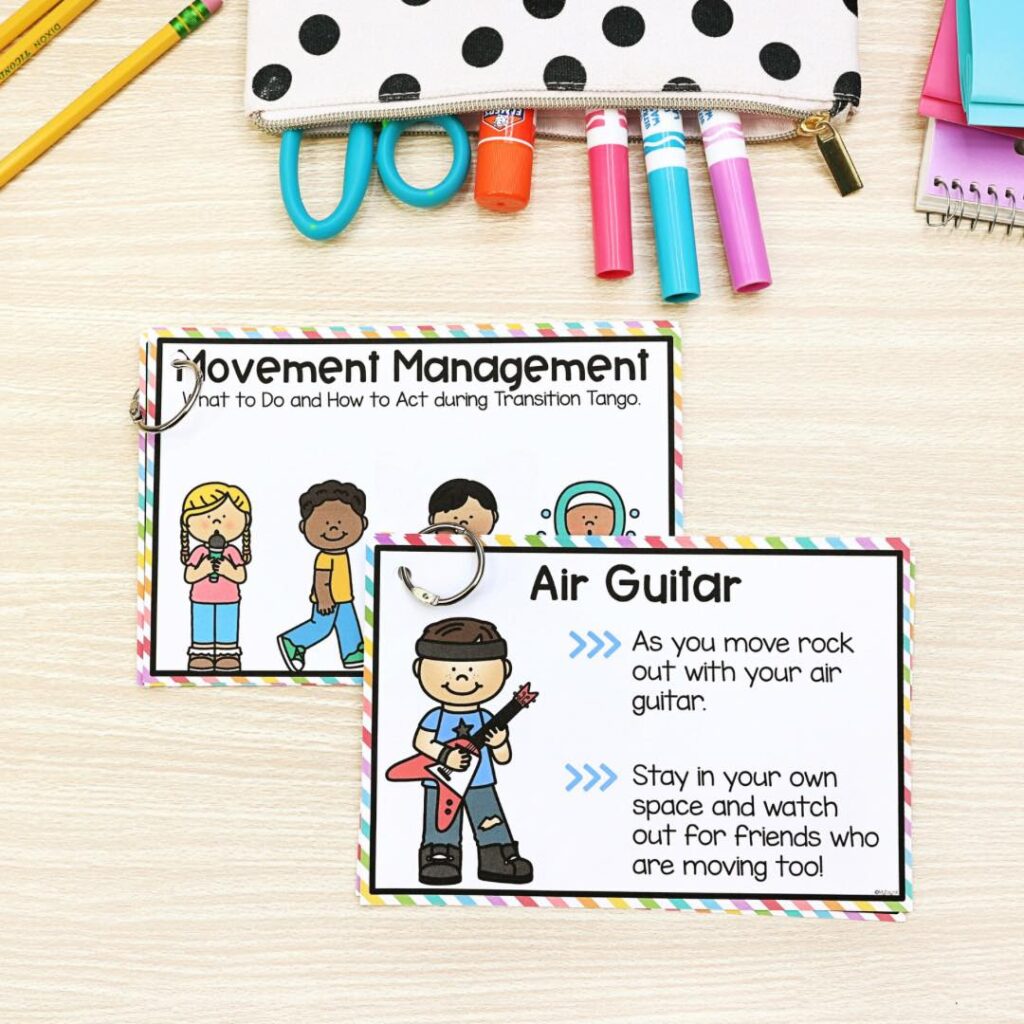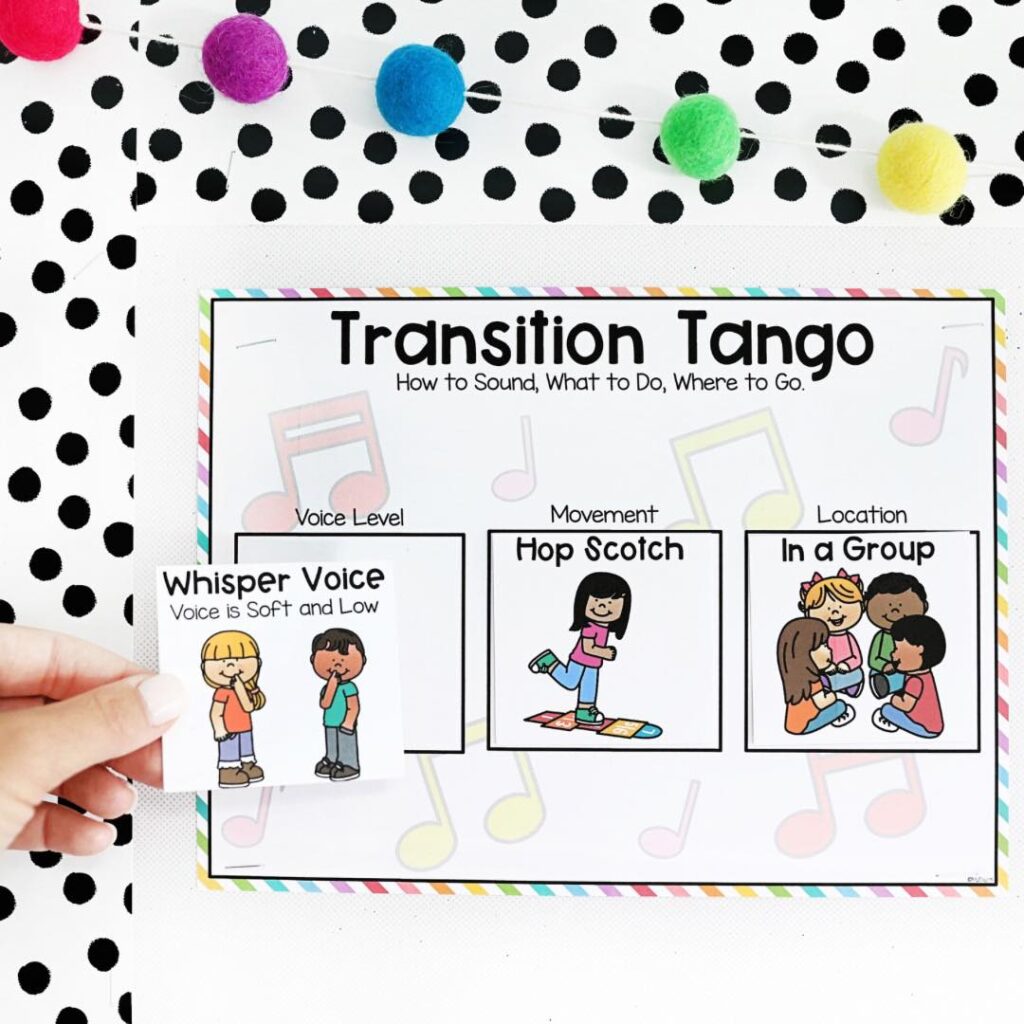Seamless Classroom Management Transitions in 5 Easy Steps
Classroom management transitions, those brief intervals between activities, have the potential to either enhance or disrupt the flow of your primary classroom. As primary teachers, we understand the delicate dance required to manage these transitions effectively. They can quickly escalate into chaotic scenes, but with thoughtful organization and engaging activities, they can become opportunities for growth and development. In this blog post, we’ll delve deeper into the challenges posed by classroom transitions and offer extensive tips on how to make them more manageable.

How Classroom Transitions Can Become Crazy
The energetic and curious nature of primary students can turn even the most well-planned transitions into scenes of pandemonium. Teachers face common challenges during these transitions: restlessness, lack of focus, and misplaced materials. These disruptions not only eat into instructional time but can also create a sense of disorder within the classroom.
Common Classroom Management Transitions Challenges:
- Restlessness: Young learners may find it difficult to sit still during transitions, leading to noise and distractions.
- Lack of Focus: Students might struggle to transition mentally, leading to delays and inefficiencies.
- Lost Materials: Misplacing books, pencils, or other resources during transitions can disrupt the flow of the lesson.
How to Organize Classroom Transitions
As teachers, we understand the dance required to take young minds smoothly from one task to another, from the art of organizing classroom transitions to exploring strategies that can turn these moments into opportunities for growth, engagement, and a calm learning environment. When it comes to classroom management transitions, establishing clear routines, incorporating movement activities, and utilizing transitional signals will make your life way easier! Let’s look at some secrets to making classroom transitions manageable and easier for teachers and students.
#1: Establish Clear Routines
Begin by setting clear expectations for transitions early in the school year. Consistency is paramount. Create visual schedules or utilize timers to signal when a transition is about to occur. This helps students mentally prepare for the upcoming change.
#2: Use Transitional Signals
Incorporate auditory or visual signals to indicate transitions. A chime, a clap pattern, or turning off the lights can effectively cue students to wrap up an activity and prepare for the next. Sometimes even some transition music can do the trick!
#3: Engage in Movement Activities
Incorporate brief movement activities during transitions. This helps students release excess energy and serves as a mental reset, allowing them to refocus their attention. Consider using the resource here for a variety of engaging movement activities.
#4: Provide Clear Instructions
During transitions, be explicit in your instructions. Clearly communicate what is expected of the students and what the next activity entails. This reduces confusion and keeps everyone on the same page.
#5: Foster Independence
Teach students to take responsibility for their belongings and manage their time effectively. Encourage them to organize their materials in a way that facilitates quick transitions between activities.
Classroom Management Transition Activities
Having classroom management transitions resources is always valuable to your arsenal of classroom management strategies. Activities designed to make classroom transitions smoother and more enjoyable are always helpful. From quick movement breaks to engaging transition games, this resource provides primary teachers with practical tools to transform chaotic transitions into seamless experiences. It’s not just a time-saver; it’s an investment in creating a well-managed and harmonious classroom environment.
Classroom transitions can be transformed from potential chaos into moments of growth and engagement by implementing clear routines, utilizing transitional signals, incorporating movement activities, providing clear instructions, and fostering independence. Resources like the one mentioned can be valuable assets in creating a positive and productive learning environment. So, let’s navigate these transitions with purpose, turning potential chaos into opportunities for growth and collaboration in our primary classrooms!




